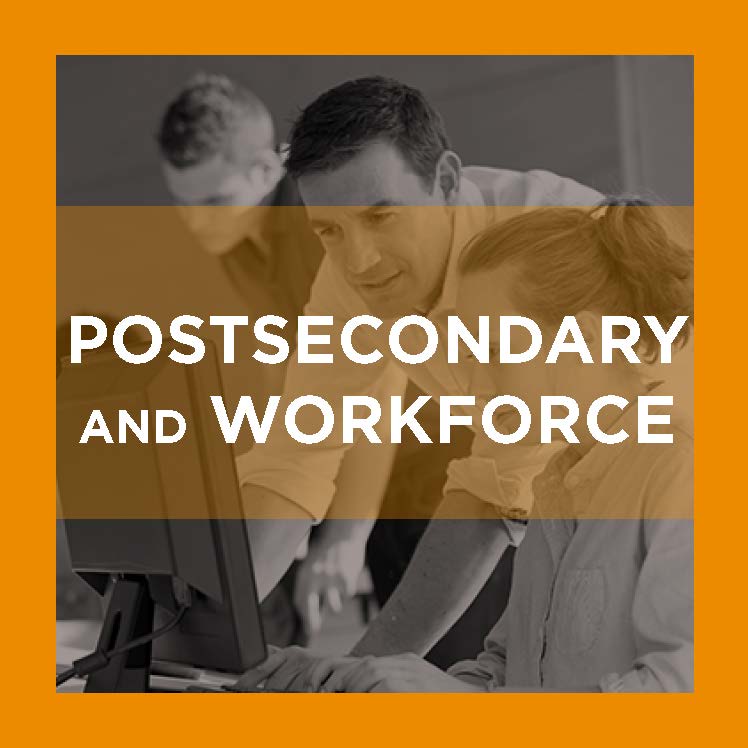Not everyone “goes off” to college. In fact, most students attend a local community college or university. A recent report from the American Council on Education on education deserts listed the median driving distance between a student’s home as eight miles for public two-year colleges and 18 miles for public four-year institutions. Despite a wave of online enrollment during the recession and hype concerning the undermatching of low-income students to more prestigious out-of-state institutions, most students prefer to attend a postsecondary institution closer to home. Understanding the reality of local attendance is important for several reasons.
- Many students would not think of attending college without a local option. It would take a series of blogs to discuss the decision points that lead students to enroll. In short, not understanding the college-going process, tuition sticker shock and fear of debt are the usual suspects for both traditional and adult students. Tipping points of adult student enrollment are further dictated by family needs, lease and mortgage constraints, work schedule and access to reliable transportation.
- Local institutions play an important role in the economy. Smaller public and private colleges are usually one of the largest employers, especially in rural areas. Threats of closure not only affect student access to higher education, but also play a major role in the economic stability of the community.
- Small, regional-serving institutions face significant financial challenges. It is no secret that small nonprofit colleges have experienced financial trouble for some time, but now small, regional public institutions are joining their ranks. Post-recession enrollment declines, and cuts in state support, strained services and questioned the viability of public institutions that were once thought as safe from closure.
Ultimately, students must be served where they are. Simply presenting an online curriculum or offering another brick and mortar option 100 miles away are not viable options. Postsecondary stakeholders concerned about increasing degree attainment in their state should consider the value of small, regional institutions and the communities they serve. Future discussions around these institutions should explore focusing on centralization of back office operations, streamlining program offerings to match regional workforce needs, greater integration with local secondary schools and utilizing the physical plant for public services and community needs.





